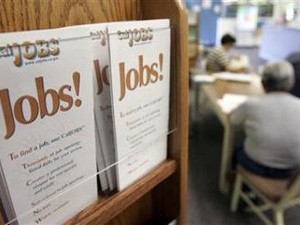With June 30th, we’ve reached the important mid-year point where you can take stock of myriad yardsticks of performance (this is why your editors wanted you to get your expenses in early). It marks the midpoint in the metrics of many companies that follow the calendar year. It also gives you a chance to see how the local economy is holding up. Bonus: June marked the official end of the Great Recession. Such recovery as we’ve had has been going for five years.
Pay special attention to earnings. How are the past six months of revenues and profits compared with the previous period in 2013? Have they met or fallen short of expectations? Compare them against rivals in their industry group. This is also a time when executives, in the analyst conference call, will give forward guidance for the remainder of the year. Not only is this important for the individual company, it can also give a sense of the overall strength of the economy.
Watch the stock and how it is riding this overheated market. Has it risen at the same pace for the first six months of 2014 at the same rate as last year? If not, why not?
Find out how local employment is holding up at your touchstone companies. Is it bigger or smaller than midyear last year?
You can also use this time of year to check in on how your local and state economy is performing. I used charts from the Federal Reserve Bank of St. Louis’ wonderful FRED database to do an online column showing how Washington state had done through the recovery. (On the FRED site, click on “categories,” then “U.S. regional data,” and then “states.” Unfortunately, some of the data is not fully up to date.

Jobs remain one of the most important issues. Contrary to media mis-reports, we have not really made up all the jobs lost in the recession. The labor force has grown, so if we keep adding jobs at the recent rate the jobs gap won’t actually close until 2018.
By mid-July, your state employment security department will have at least preliminary data through June. You can report on how jobs have grown, or not, through the first six months and compare it to previous periods. Which counties and metros are winners and losers? Which sectors — and are they high paying or low paying?
This summer, the Commerce Department and Census Bureau should have complete 2013 data on exports and imports for your state and metro. Don’t settle for whether it has risen or fallen. Is the change significant compared with previous years? Have the state’s top trading partners or leading export products changed? Does your metro and state operate a trade surplus or deficit?
Finally, summer is a good time to check markers you should have laid down at the first of the year — will XYZ Co. be bought? How is housing doing? What about the succession of a new CEO at Acme Widgets? Each of these should give you good fodder for stories.
Summer may seem like a slow time for local business news. Don’t believe it.











